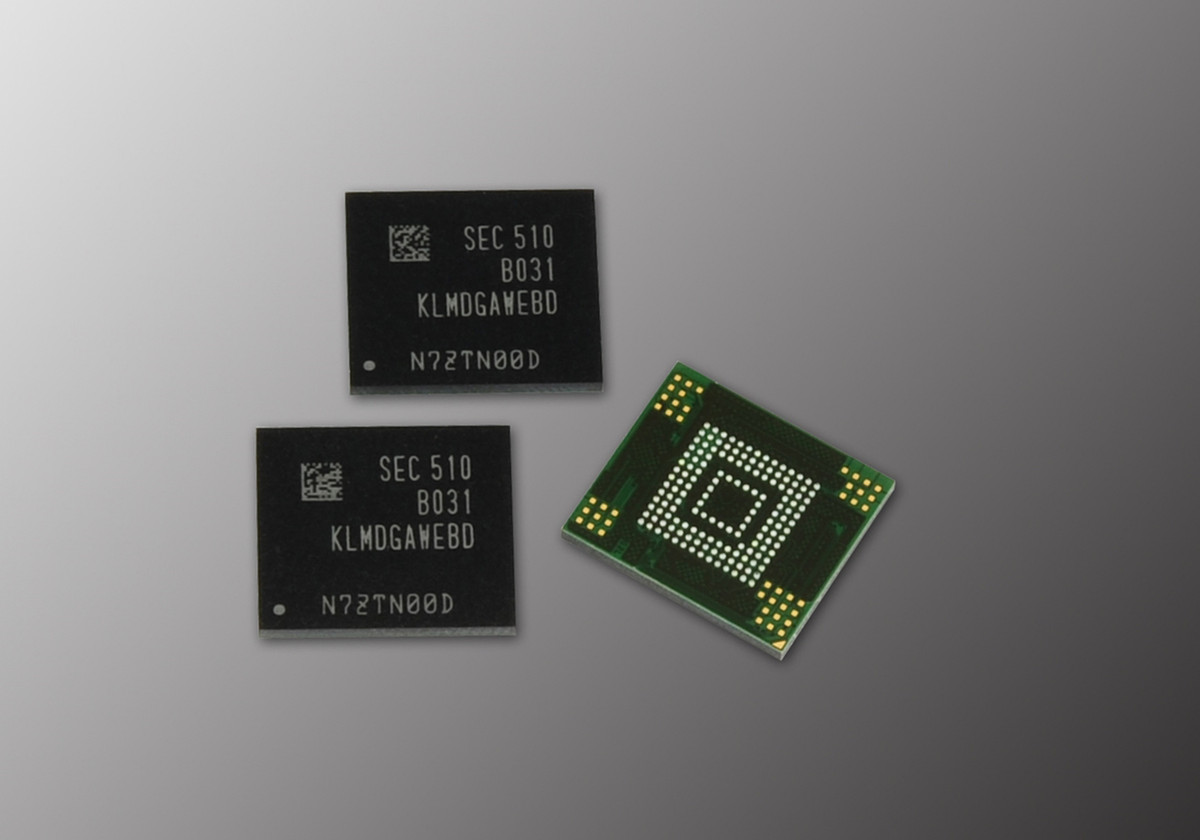How important is it to safely eject your external storage devices?
It is not always easy to tell whether your computer is still accessing or writing files to the external storage devices we use. Pulling a memory card out of its reader or removing an external drive out of the USB port could cause corrupted files, unreadable media or both. Ejecting your external storage safely decreases these chances. Whether you are using a Windows-based computer or a Mac, you can safely remove your external storage devices using built-in utilities designed for disconnecting hardware.

On a Windows machine:
External Storage Device Hard Drive
- Close any applications currently using your external storage device including any open windows that displays its contents.
- Locate the 'Safely Remove Hardware' icon located next to the system clock on the taskbar by the system tray. You may have to expand it by clicking on the arrow. Click on the 'Safely Remove Hardware' icon to launch the hardware pop-up window, then click your external hard drive's icon or assigned disk letter.
- Alternatively, if you do not see or are not able to locate the 'Safely Remove Hardware' icon in the system tray, navigate to the Computer or My Computer from the desktop or Start Menu. When the Computer or My Computer window opens, locate your external storage device. Left-click once to highlight it then right-click. On the resulting pop-up window, click on Eject.
- Wait for the 'Safe to Remove Hardware' message to come up and then remove your external storage device.
On a Mac:
- Locate your external storage device's icon on the desktop. Drag the icon to the Trash bin, which will change to an Eject icon.
- Alternatively, hold the 'Ctrl' key and left-click your mouse on the external drive's icon. Click Eject on the pop-up menu.
- You have safely ejected your external storage device if its icon is no longer visible on the desktop.
- Disconnect your external storage device from your Mac
External Storage Device Port Picture
An external drive is an additional storage space where you can store your files to free up important space for your internal drive. External hard drives are available in varying storage capacities, but all can be connected to a computer either by USB, eSATA, FireWire, or wirelessly through Bluetooth. External Hard Drive, Slim Portable Hard Drive External Hard Drive USB 3.0 Compatible with PC, Desktop, Laptop, Mac (1TB, Blue). Most thumb drives and memory card readers plugged into the USB-C or Lightning port should work fine, with or without an adapter dongle (Apple's Lightning-to-USB and Lightning-to-USB 3 camera. The WD Elements External Portable Hard Drive offers reliable storage, fast data transfer rates and universal connectivity with USB 3.0 and USB 2.0 devices to back up your files on the go. With 1TB of memory, this portable hard drive provides ample data storage space in a compact device. For external storage in the context of data structures, see External and internal storage. In computing, external storage comprises devices that store information outside a computer. Such devices may be permanently attached to the computer, may be removable or may use removable media.
